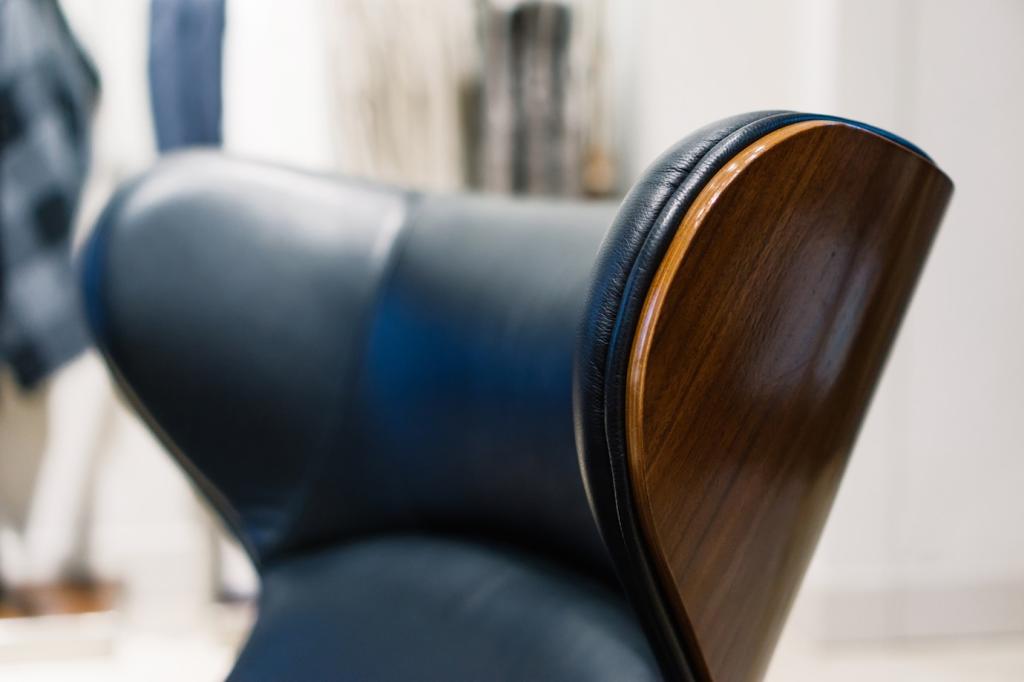
Essential Winter Furniture Care Tips
Today’s chosen theme: Essential Winter Furniture Care Tips. As temperatures drop and heaters hum, your furniture faces dry air, sudden temperature swings, and winter grime. Here’s your warm, practical guide to preserving beauty, comfort, and value all season long—join the conversation and share your own cold-weather care wins.
Winter Risks Your Furniture Faces
Dry Air, Big Consequences
Heaters sap indoor humidity, shrinking wood, loosening joints, and drying leather until it cracks. Aim for 40–45% relative humidity with a hygrometer and a well-maintained humidifier. Your furniture will reward you with tighter joinery, fewer squeaks, and stable finishes—share your current humidity readings and what works in your home.
Heat Sources and Placement
Direct blasts from radiators, fireplaces, and floor vents warp wood and parch upholstery. Keep pieces at least two feet from heat, and use deflectors where you can’t move vents. Even simple tweaks—like felt pads to slide a sideboard a few inches—reduce stress and extend life. Tell us where heat hot-spots live in your rooms.
The Sneaky Power of Low Winter Sun
Winter’s low-angle sunlight can fade fabrics and finishes faster than you think. Rotate cushions monthly, draw sheers during peak hours, and use UV-filtering film on bright windows. A small habit now avoids patchy fading later. Have before-and-after photos of a protected piece? Post them and inspire someone else.
Protecting Wood: Finish-Safe Winter Habits
Conditioning and Waxing Schedule
Use a quality paste wax with beeswax or carnauba on sealed finishes to boost sheen and add a micro-moisture barrier. Apply sparingly, then buff thoroughly; over-waxing dulls and attracts dust. For oil finishes, refresh lightly with manufacturer-recommended products. Always test in a hidden spot, and share the wax you swear by.
Clean Without Stripping Finish
Skip harsh sprays and ammonia. Instead, dust with a dry microfiber, then wipe with a lightly dampened cloth and a few drops of pH-neutral soap, followed by a dry cloth to finish. Use coasters, placemats, and soft-edged trays to prevent rings and heat marks. Keep humidity steady, and tell us your favorite gentle cleaner.
A Real-Life Lesson: The Split Tabletop
One winter, a reader’s oak table developed a hairline split after weeks at 25% humidity. A small room humidifier and a bowl of ice in front of a fan raised humidity gradually; the gap eased and finish stress diminished. The takeaway: react quickly, but gently. Have a rescue story? Share it to help someone else save their table.
Leather and Upholstery: Moisture, Cleanliness, Comfort
Leather Hydration, Not Grease
Choose a pH-balanced leather conditioner recommended by your furniture maker, and avoid household oils that can darken or become sticky. Condition lightly every 6–8 weeks, keep leather away from vents and fireplaces, and blot spills quickly with a clean cloth. Test products on hidden areas first—bookmark this routine and share your brand pick.
Taming Fabric Static and Dust
Dry air supercharges static, pulling dust deep into fibers. Vacuum weekly with a brush attachment, then mist lightly with a fabric-safe anti-static spray or a diluted, manufacturer-approved solution. Wash throw covers as directed, and rotate cushions to distribute wear. What’s your secret to fewer winter shocks? Drop a tip below.
Salt, Slush, and Entryway Strategy
Winter grit travels from boots to rugs to sofas. Double up entryway mats (coarse outside, absorbent inside), use boot trays, and enforce a shoes-off zone. For salt stains on fabrics, blot, then dab with a mild mix—one teaspoon white vinegar in a cup of water—test first. Share your front-door setup that keeps slush at bay.
Outdoor and Patio Pieces: Winterization That Works
Clean, Dry, Then Cover
Before storage, wash frames and slings with mild soap and water, rinse thoroughly, and let them dry completely to prevent trapped moisture. Choose breathable, well-fitted covers and avoid plastic tarps that trap condensation. Label covers by piece for faster spring setup. Which covers have lasted you multiple winters? Tell us your picks.
Storage and Stacking Smarts
Raise furniture slightly off cold floors to reduce wicking and corrosion. Stack only per manufacturer guidance, with soft pads between layers to prevent rub marks. For metal pieces, check fasteners and add silica gel packs in enclosed storage. Share your basement or garage layout that keeps sets safe and accessible.
Match Care to Materials
Teak can overwinter outdoors with airflow and breathable covers; acacia prefers dry storage. Powder-coated aluminum resists rust but hates standing water; all-weather wicker appreciates gentle cleaning and no pressure washing. Lightly oil teak if recommended, and protect any exposed end grain. Ask material-specific questions—our community loves to help.

This is the heading
Lorem ipsum dolor sit amet, consectetur adipiscing elit. Ut elit tellus, luctus nec ullamcorper mattis, pulvinar dapibus leo.

This is the heading
Lorem ipsum dolor sit amet, consectetur adipiscing elit. Ut elit tellus, luctus nec ullamcorper mattis, pulvinar dapibus leo.
Your Winter Care Routine: Simple, Repeatable, Effective
Dust horizontal surfaces, vacuum upholstery seams, rotate cushions, and check felt pads under frequently moved pieces. Refresh coasters and replace any damp or worn mats. This tiny routine prevents slow, silent damage and keeps small issues from turning into big repairs. What do you add to your weekly list?
Your Winter Care Routine: Simple, Repeatable, Effective
Log humidity, tighten wobbly hardware a quarter-turn, inspect chair joints, and condition leather where needed. Re-wax high-use wood tops if appropriate, and review your entryway defenses against salt. Set a calendar reminder and celebrate consistency—then share your progress with the community to keep everyone motivated.

